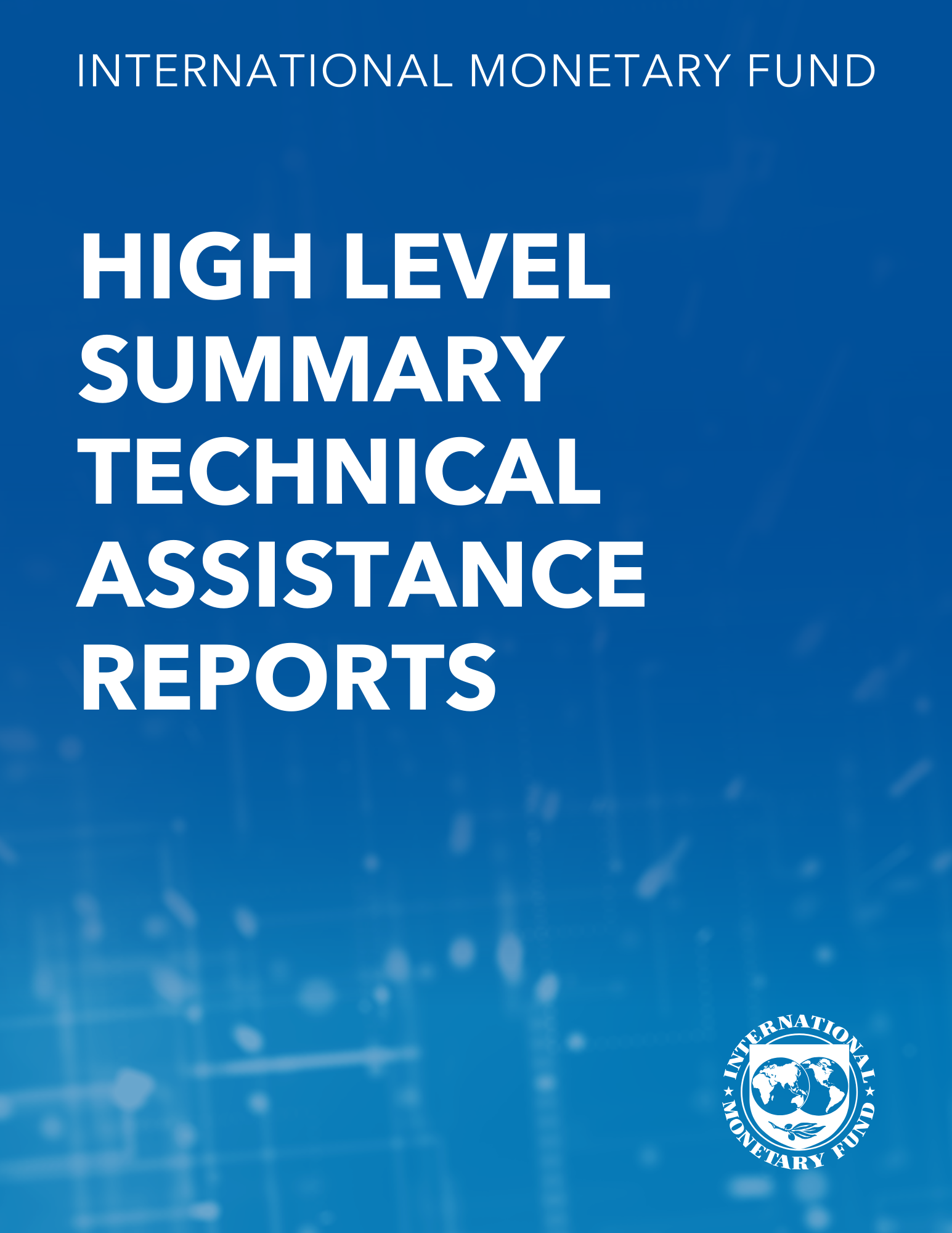Moving to a Flexible Exchange Rate
January 9, 2006
Summary
A growing number of countries are adopting flexible exchange rate regimes because flexibility offers more protection against external shocks and greater monetary independence. Other countries have made the transition under disorderly conditions, with the sharp depreciation of their currency during a crisis. Regardless of the reason for adopting a flexible exchange rate, a successful transition depends on the effective management of a number of institutional and operational issues. The authors of this Economic Issue describe the necessary ingredients for moving to a flexible regime, as well as the optimal pace and sequencing under different conditions.
Subject: Financial markets, Foreign exchange, Money
Keywords: Africa, basket of currencies, central bank intervention, Currencies, Currency markets, EI, equilibrium exchange rate, Exchange rate arrangements, Exchange rate flexibility, exchange rate misalignment, exchange rate regime, exchange rate volatility, Exchange rates, foreign exchange, inflation targeting, market, market participant, Twoway exchange rate movement, undervalued exchange rate
Pages:
25
Volume:
2006
DOI:
Issue:
001
Series:
Economic Issues No 2006/001
Stock No:
EIIEA038
ISBN:
9781589064768
ISSN:
1020-5098






